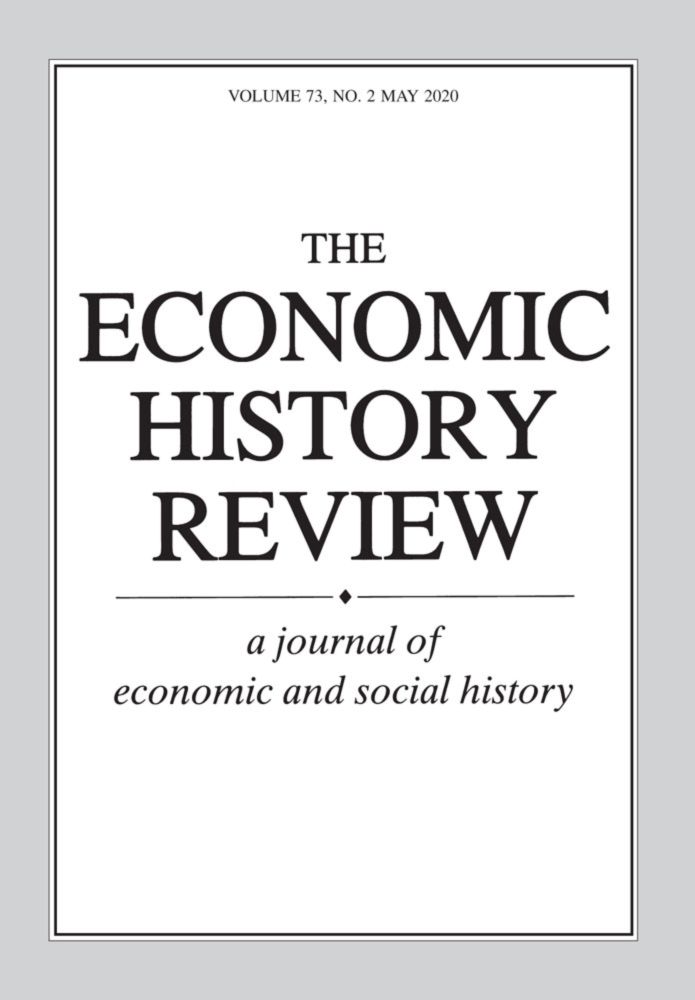
daniela russ
@ueberdruss.bsky.social
what is unchangeable in nature can take care of itself | assistant prof & historical sociologist | private account
thanks! i mean economic concentration, i.e. how many companies control how much of globally traded energy commodities, either in terms of energy (this is what lenin calculates for germany) or in terms of value.
November 6, 2025 at 9:53 AM
thanks! i mean economic concentration, i.e. how many companies control how much of globally traded energy commodities, either in terms of energy (this is what lenin calculates for germany) or in terms of value.
Reposted by daniela russ
Lars Döpking @larsdoepking.bsky.social , Fiskalische Herrschaft
Steuern, Staat und Politik in Italien seit 1945, Hamburger Edition @hhedition.bsky.social 2023
Steuern, Staat und Politik in Italien seit 1945, Hamburger Edition @hhedition.bsky.social 2023

November 5, 2025 at 8:07 AM
Lars Döpking @larsdoepking.bsky.social , Fiskalische Herrschaft
Steuern, Staat und Politik in Italien seit 1945, Hamburger Edition @hhedition.bsky.social 2023
Steuern, Staat und Politik in Italien seit 1945, Hamburger Edition @hhedition.bsky.social 2023
possibly! but when one reads @brettchristophers.bsky.social work on asset managers and renewable investment, especially in large-scale renewables, the answer (and tendency) is not so clear...
November 3, 2025 at 11:01 AM
possibly! but when one reads @brettchristophers.bsky.social work on asset managers and renewable investment, especially in large-scale renewables, the answer (and tendency) is not so clear...
somebody should write this up as an ERC project!
November 2, 2025 at 7:35 PM
somebody should write this up as an ERC project!
i thought of the carbon majors project as well! i guess it would be the data from which to calculate the concentration, possibly along the HHI (as mentioned by @ivanboldyrev.bsky.social)
November 2, 2025 at 7:35 PM
i thought of the carbon majors project as well! i guess it would be the data from which to calculate the concentration, possibly along the HHI (as mentioned by @ivanboldyrev.bsky.social)
@robertsuits.bsky.social @fredrikjonsson.bsky.social @fredstaffordcs.bsky.social @matthuber.bsky.social @matthiasschmelzer.bsky.social
November 1, 2025 at 12:51 PM
malanima calculates an energetic gini index (which peaks in 1913), but the units are countries, not energy companies: onlinelibrary.wiley.com/doi/10.1111/...

<em>The Economic History Review</em> | EHS Journal | Wiley Online Library
On the basis of a new series on the consumption of traditional and modern sources of energy between 1820 and 1913, this article addresses the start of modern growth and the great divergence on the wo...
onlinelibrary.wiley.com
November 1, 2025 at 12:49 PM
malanima calculates an energetic gini index (which peaks in 1913), but the units are countries, not energy companies: onlinelibrary.wiley.com/doi/10.1111/...
instead of building new rotating mass to absorb voltage spikes, couldn't we repurpose old power plants? more importantly, under the current market design, there is no incentive to invest in this.

October 28, 2025 at 12:15 PM
instead of building new rotating mass to absorb voltage spikes, couldn't we repurpose old power plants? more importantly, under the current market design, there is no incentive to invest in this.

